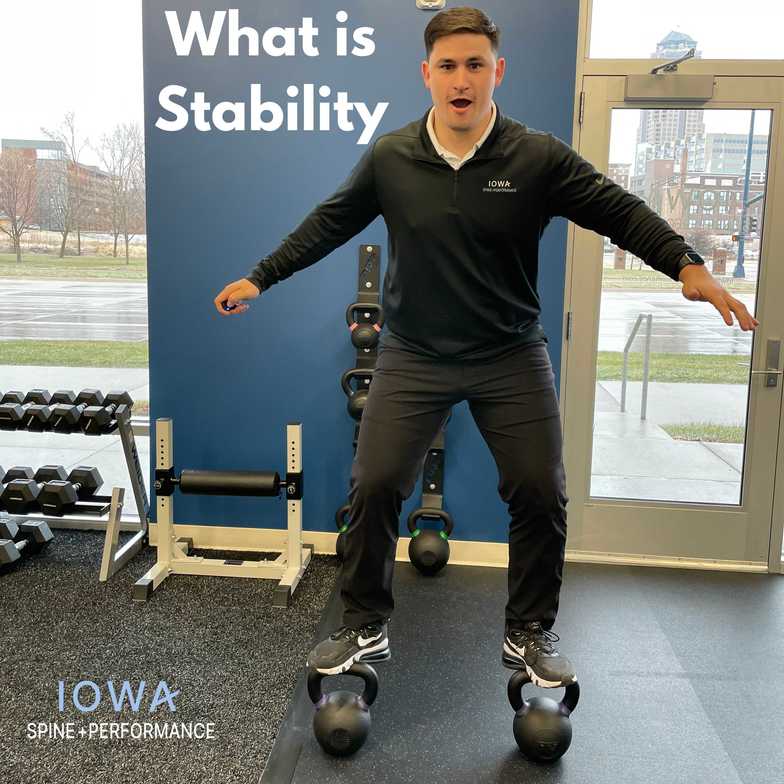
A common topic in the rehab/training world is the idea of “spinal stabilization” or training your “core”, but what exactly does that mean?
Spinal stability is important within sports and training, but it is often more complex than what is being portrayed to clients/patients.
You often hear vague instructions in the gym like, “tighten up” and “Brace” without the client or patient fully understanding what that means, or you see someone post themsleves blancing on some crazy surface claiming they're training stability.
To better understand spinal stability, we must first define what stability actually means.
In its simplest definition, it is the resistance to change in position. Leaning us to believe that in order to develop stability we need to train our athletes to be rigid and immovable. This may be the case for certain static positions, but as we know, our athletes are constantly moving and require a more dynamic form of stabilization.
So in reality the body is having to coordinate and control stabilizing certain joints while at the same time allowing others to move freely. In the case of rotational athletes, they are having to stabilize the foot, ankle, knee and hip on the front side and rapidly rotate the spine and trunk.
This leads us to use a more dynamic model of stabilization when assessing our athletes.
Stability is the ability of each joint individually to maintain a proper position or path over an entire movement to produce the desired result.
Now that we have that definition we can dive into the number one most important player in the body’s stabilization, Intra abdominal pressure (IAP).
Dr. Michael Henrichs
Contact Me

